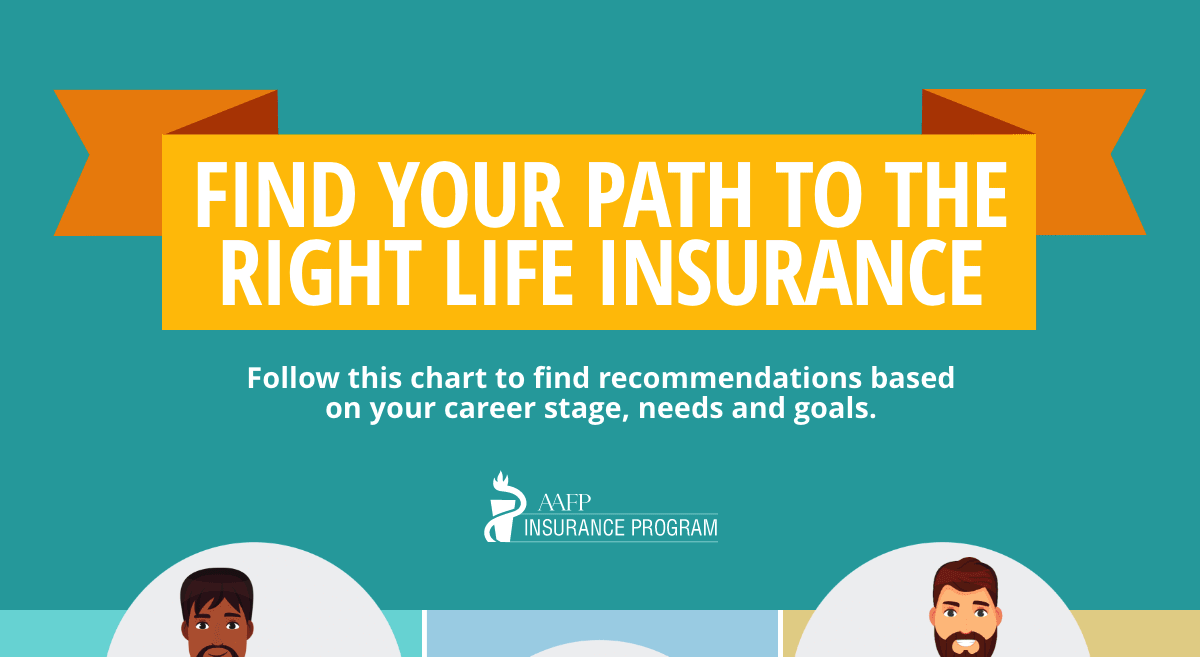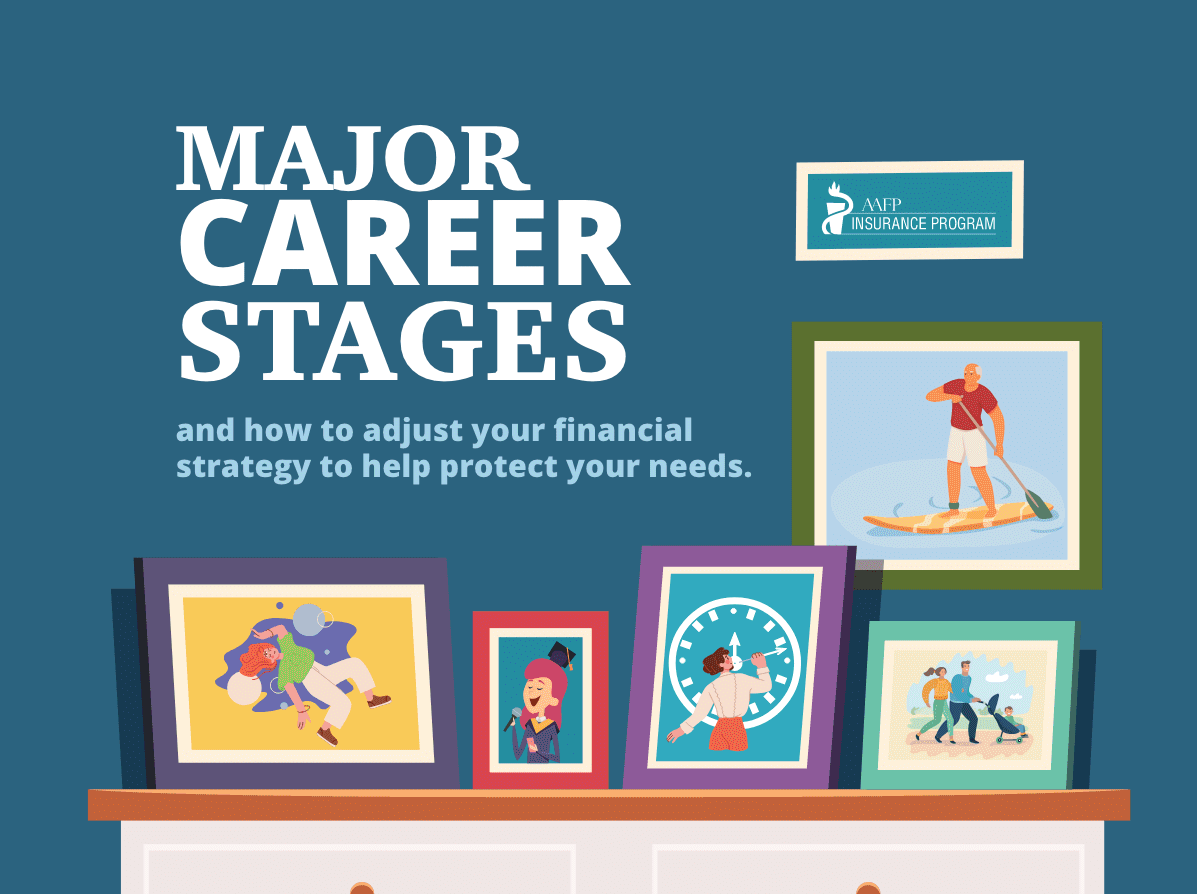It appears that the convergence of five factors has brought this situation to crisis proportion:
1. The average worker, according to the article, has a one-in-three risk of becoming disabled and unable to work for six months or more during his or her working career. The most common reasons for disability leave from work are cancer, complications of childbirth, muscle/bone disorders, heart attacks, strokes, and surgery. Plus, according to the Council on Disability Awareness (CDA), the average long-term disability lasts 31.2 months (more than 2.5 years), and more than 30 million Americans are currently disabled.
2. Few households have adequate savings. According to the article, members of half of all households surveyed report that they would not be able to raise $2,000 within a month, if needed. If a family’s income stopped due to a disability, most families would be in a financial crisis immediately.
3. They also have ongoing debt and other responsibilities. The Census Bureau estimates that total outstanding credit card debt is $870 billion in 2012 (with an average balance of $3,000 among those who carry balances each month), and total consumer debt is $2.4 trillion, and averages $24,775 per household. Plus, outstanding home mortgages in America total more than $10.5 trillion, and average new-home mortgages are $235,000, a slight increase over 2011.
4. Social Security disability benefits are minimal. In 2012, the average monthly payment to disabled workers is $1,111. If that is not bad enough, about 70% of all applicants for Social Security disability benefits are turned down initially, and the four-tiered appeals process can take years. In that time, people can be reduced to poverty.
5. Finally, few people have private coverage. According to government statistics, 67% of Americans have no private disability income insurance.
As a result, the majority of American households – from factory workers to professionals – are at serious risk of financial disaster from disability brought on by an accident or an illness. We are being urged to address our needs personally. As doctors, what steps should you take to protect your income and your family from the risk of disability?
Tom Koch, insurance administrator for the American Academy of Family Physicians, recommends the following:
Build up a reserve fund for emergencies. Ideally, it should be equal to between three and six months of your take-home income. Maybe you cannot set this money aside all at once; if not, build it up gradually, over two or three years. Think of this as a deductible. “Imagine having $50,000 in reserve,” says Koch. “This not only improves your level of financial security, but it also provides peace of mind.”
Take advantage of employer-provided disability income coverage through work, if it is available. “This can be valuable coverage,” says Koch, “but don’t just file the policy in a drawer and forget it. Know how your benefits are calculated, what is covered and, more importantly, what isn’t.”
Supplement employer coverage with personally owned disability protection. In exchange for a series of small, budgetable payments, you can transfer the financial risk of becoming disabled to an insurance company and help guarantee that your income will be replaced if you become disabled.
Obtain coverage designed for professionals. Some policies – let’s call them ‘generic’ plans – have low maximum benefit amounts, pay benefits for only a short period, such as two to five years, and narrowly define the term ‘total disability,’ making it difficult to qualify.
Look for coverage with options that reflect your needs and situation. For example, explains Koch, “the waiting period you choose (the time between when a disability occurs and benefits begin) can dramatically impact your premium. The longer the waiting period, the lower the premium.” Waiting periods generally range from 30 days to six months.
Do your homework and study your options. One of the reasons many people do not act to protect their incomes from disability, explains Koch, is that “this coverage can be complex. If you have questions, ask. It’s what you don’t know that can hurt you.”
***




